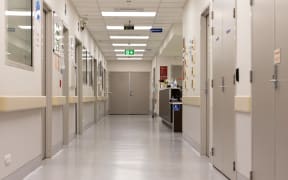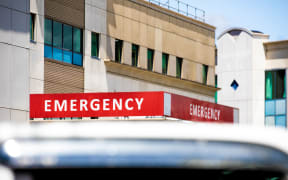
File pic Photo: 123RF
The number of patients waiting too long to see a specialist doctor has more than doubled in Bay of Plenty and Canterbury in the past year - and other parts of the country are almost as bad.
Te Whatu Ora says it cannot keep up with demand as referrals grow.
It has just released its latest hospital performance figures for the three months to the end of September.
Nationally, almost 60,000 people were waiting too long to see a specialist for the first time. The target was four months maximum.
That was up from 36,000 a year ago.
Other areas hit badly included the Auckland region and Nelson and Marlborough.
Te Whatu Ora's report accompanying the figures said there had been roughly 1200 more specialist referrals a month since January 2021.
"The growth in the number of patients waiting for a first specialist assessment reflects that referrals for first specialist assessments are greater than our capacity to treat," the report said.
The areas with the highest growth were cardiology, plastics, haematology and renal medicine, the report said.
The official figures showed a slight drop in the number of people waiting longer than year for surgery in the public system.
There was also no let-up in pressure in the country's emergency departments.
In almost every hospital, fewer patients than a year ago were getting through the ED within the ideal target of six hours.
Only the Southern and West Coast districts were showing an improvement.
In Palmerston North Hospital, just 36 percent of patients went through the ED within the six hours, while the combined rate for Wellington's hospitals was 45 percent.
Te Whatu Ora said that was partly because hospitals were so full, people were often waiting in emergency departments to be admitted.
Its report said there had not been a sustained improvement in the target rates since they were introduced in 2009.
"There is increasing evidence that both long stays and overcrowding in Emergency Departments are linked to negative clinical outcomes and distress for people and their whānau," the report says.







